WHAT IS NEUROFEEDBACK?
A Drug Free Alternative to better Well-Being
.
Neurofeedback FAQ
How does the whole process work?
Click here to go to the Neurofeedback Process page for a full explanation.
How many hours of training will I need?
Most adults need in the region of 40 hour-long sessions to experience the full benefits of brain training and most children need in the region of 30 hour-long sessions to experience the full benefits of brain training. To facilitate this process we book and train the initial 30 hours, then re-evaluate and then agree on and train for the balance hours required.
Is it safe?
Yes it is safe – we are merely working on addressing the imbalances that have been found.
How effective is it?
In the normal course of events, Neurofeedback ought to work with everybody. That is to say, nearly everyone should make gains that they themselves would judge to be worthwhile. Our brains are made for learning and skill-acquisition. In most cases the actual outcome exceeds the prior expectations.
Will it change my personality?
No it wont change your personality or who you are – it is a means to have your brain work more effectively for you.
What happens after the training is complete?
We keep in touch with you on a regular basis to find out how you are faring.
How do I make sure that my brain stays healthy?
-
Regular exercise is extremely beneficial
-
Healthy eating is a must
-
A good Omega 3 supplement works well
-
Limiting screen-time for at least half an hour before bed
-
Anything that challenges your brain
-
Make sure you do your refresh training every six months
What are Brainwaves?
- At the root of all our thoughts, emotions and behaviours is the communication between neurons within our brains. Brainwaves are produced by synchronised electrical pulses from masses of neurons communicating with each other.
- During Neurofeedback brainwaves are detected using sensors placed on the scalp. They are divided into bandwidths to describe their functions but are best thought of as a continuous spectrum of consciousness; from slow, loud and functional – to fast, subtle, and complex.
- It is a handy analogy to think of Brainwaves as musical notes – the low frequency waves are like a deeply penetrating drum beat, while the higher frequency brainwaves are more like a subtle high pitched flute. Like a symphony, the higher and lower frequencies link and cohere with each other through harmonics.
- Our brainwaves change according to what we’re doing and feeling. When slower brainwaves are dominant we can feel tired, slow, sluggish, or dreamy. The higher frequencies are dominant when we feel wired, or hyper-alert.
- Brainwave speed is measured in Hertz (cycles per second) and they are divided into bands delineating slow, moderate, and fast waves.
What do brain waves mean to you?
- Our brainwave profile and our daily experience of the world are inseparable. When our brainwaves are out of balance, there will be corresponding problems in our emotional or neuro-physical health. Research has identified brainwave patterns associated with all sorts of emotional and neurological conditions.
- Over-arousal in certain brain areas is linked with anxiety disorders, sleep problems, nightmares, hyper-vigilance, impulsive behaviour, anger/aggression, agitated depression, chronic nerve pain and spasticity. Under-arousal in certain brain areas leads to some types of depression, attention deficit, chronic pain and insomnia. A combination of under-arousal and over-arousal is seen in cases of anxiety, depression and ADHD.
- Instabilities in brain rhythms correlate with tics, obsessive-compulsive disorder, aggressive behaviour, rage, panic attacks, bipolar disorder, migraines, narcolepsy, epilepsy, sleep apnea, vertigo, tinnitus, anorexia/bulimia, PMT, diabetes, hypoglycaemia and explosive behaviour.
Altering your brainwaves
- By rule of thumb, any process that changes your perception changes your brainwaves.
- Chemical interventions such as medications or recreational drugs are the most common methods to alter brain function; however Brain Training is our method of choice.
- Over the long term, traditional eastern methods (such as meditation and yoga) train your brainwaves into balance. If you are trying to solve a particular difficulty or fine-tune your brainwave function, state-of-the-art brain training methods like Neurofeedback deliver targeted, quick, and lasting results.

